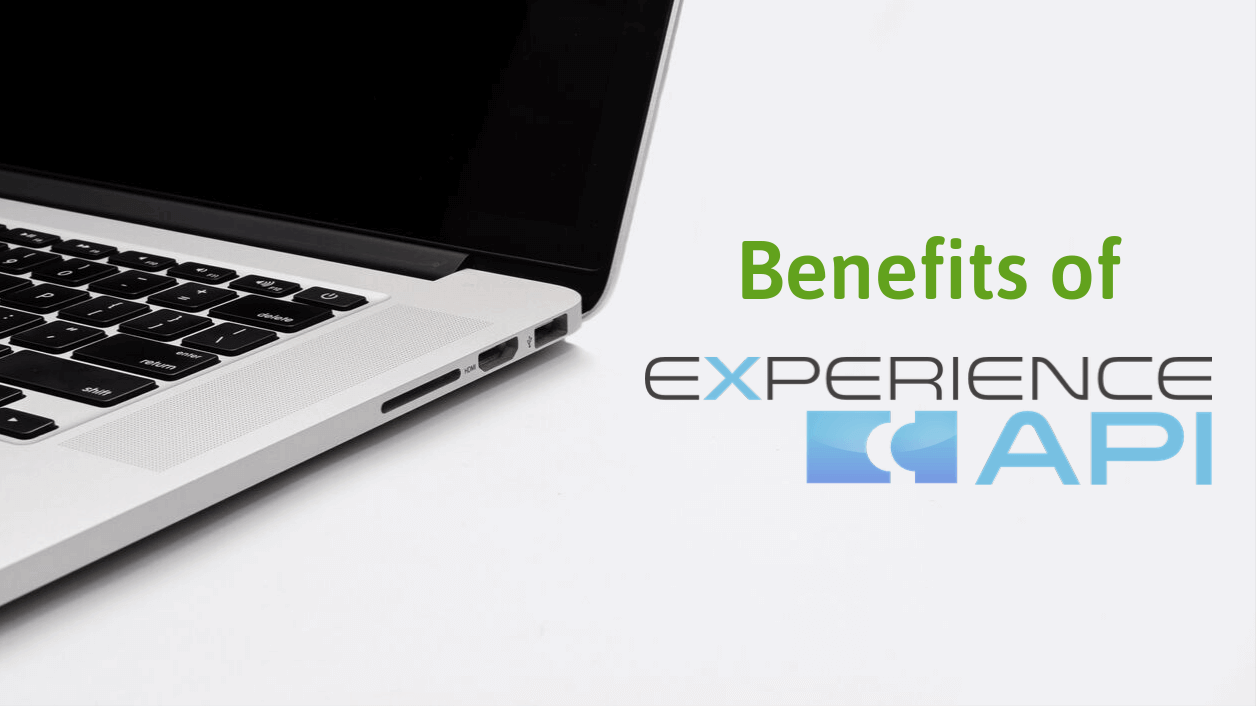
xAPI or Tin Can API has several benefits, it can be useful for content creators or any organization as well as for learners. Experience API was launched back in 2013 as a successor of SCORM. Nevertheless, it is still struggling hard to be adopted in the eLearning field.
Industry looks still satisfied with SCORM in 2019. However, the future of the eLearning industry is xAPI, and we have to move ahead with time.
To know more about xAPI, read What is Experience API?
Let’s take a look at the benefits of xAPI to understand why xAPI is the future?
Benefits of xAPI
xAPI has vast benefits, but we’re going to talk about some most important ones.
1. Smarter than SCORM
Experience API is way smarter than SCORM and comes with some remarkable capability. It can do everything that SCORM can do and has a better and large vocabulary than SCORM that can make data more meaningful.
It can provide great insight and a massive amount of learning data in your Learning Record Store.
2. More Enduring and Reliable
xAPI is a well-built eLearning standard with significant day-to-day use cases. It is more reliable and has fewer chances of error than SCORM.
As there are fewer errors and more security, it saves your time troubleshooting the content and LMS problems. You can easily focus on other UI/UX trends for learners.
3. Huge Data Collection
xAPI allows you to collect multiple forms of data, that give you more accurate results. You can accumulate some advanced data points like:
- Device (Computer, Tablet or Mobile)
- Location (GPS)
- Screen Size (Resolution)
- Screen orientation
- Clicks (button clicks)
- Advanced Video Tracking and more.
This data helps you updating the content according to users’ needs, and you can understand the situation of the user.
4. Tracking Activities
xAPI can track activities happening everywhere, whether it is a webpage, simulation, game, or eLearning course. You can record activities of different eLearning formats like:
- Interactive Learning
- Blended Learning
- Offline Learning
- Social Learning
- Mobile-Based Learning
- Team-based Learning
With xAPI, you can track the activities of your employees or learners. You can observe what they did in the quiz, total time spent, quiz reports of specific questions. Also, you can record the user’s input in free-form or essay questions.
5. Deep Reporting
Reporting is an essential part of eLearning and every organization wants to see reports that help in making decisions. With Experience API, you can record learning data in an LRS.
A Learning Record Store keeps all your data in a standard format that you can connect to your organization’s tools. Or you can use any other BI tool for reporting.
Some LRS’s provides built-in reporting to some extent that can be useful for most of the users. You can see performance and analysis right inside your LRS, apply filters to sort data, and much more.
For automation, you can connect your LRS with tools like Zapier to perform automatic tasks on some other apps based on data coming into LRS. GrassBlade Cloud LRS also Zapier Integration for powerful automation.
6. Personalizing Experience
Experience API helps instructional designers making content more compelling for users. It gives a more in-depth insight into the user’s experience, so you can find and fix the issues faced by learners.
Moreover, you can show relevant recommendations to learners based on their performance.
7. Sound Future
It doesn’t seem any other standard is coming shortly. If you start creating content with xAPI today, you could be ahead of many others in the race of eLearning.
Keep reading, xAPI vs SCORM: Future of eLearning analytics?
Conclusion
Experience API is a stable, reliable, and secure standard with a great future ahead. People in the eLearning field are moving towards xAPI, so why not you. It is not much popular yet but has excellent capability and future.
For more latest updates, follow us on Facebook, YouTube, and LinkedIn.
